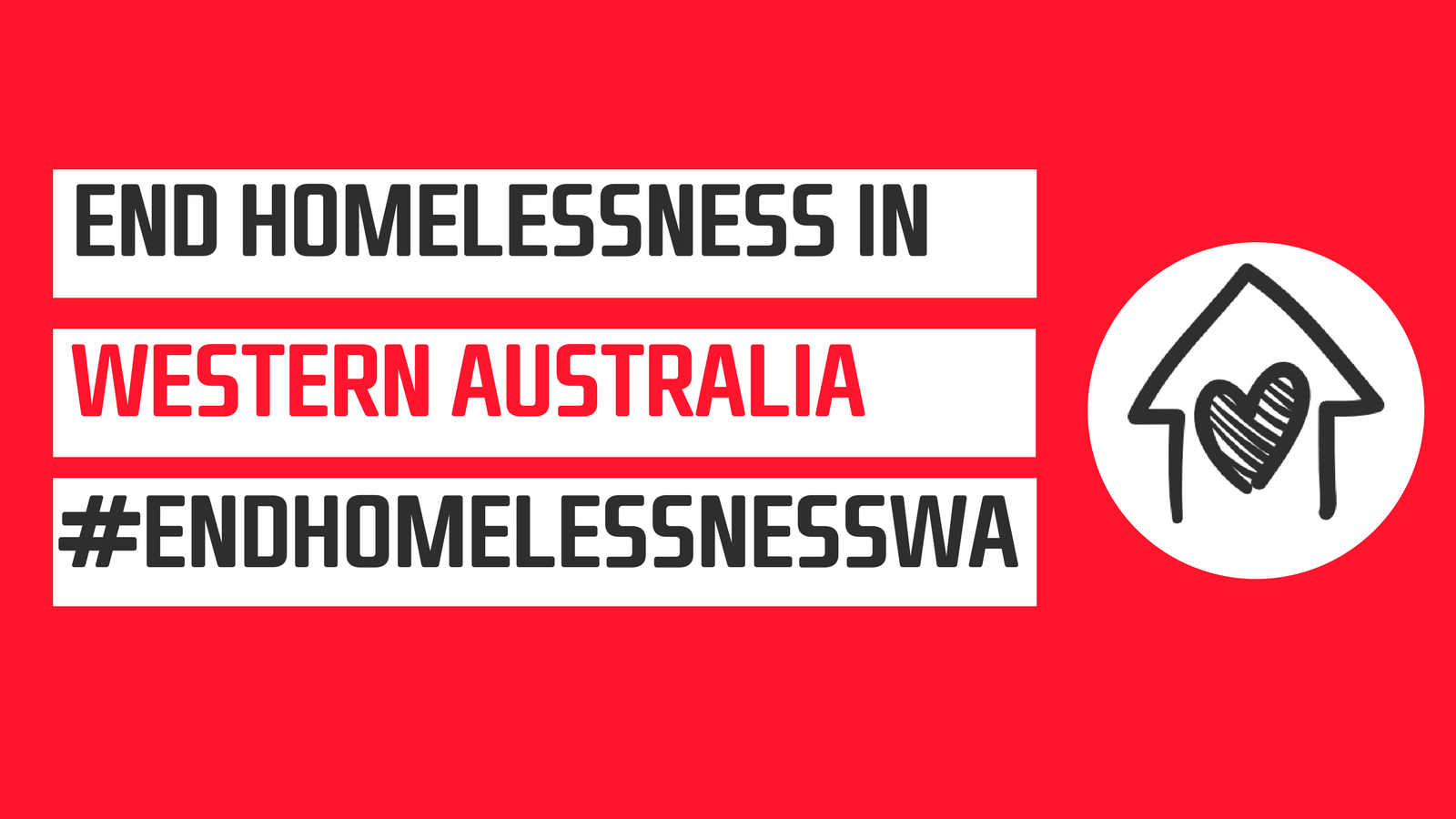Western Australian Alliance to End Homelessness Dashboard |

|
Addressing underlying drivers of homelessness in WA
Target 4
The underlying causes that result in people becoming homeless have been met head-on, resulting in a reduction by more than half in the inflow of people and families into homelessness in any one year
The causes of homelessness are complex, encompassing a broad range of individual and structural determinants, including housing availability and affordability, economic and employment opportunities (or lack thereof), physical and mental health outcomes, domestic and family violence, and social and community connections.
Physical and mental health
Indicators |
Most current values |
Trend over time |
|---|---|---|
People that report their health status as fair/poor (2017-2018)1 |
Fair/poor - 12.0% |
Decreasing |
Proportion of persons with High/Very High psychological distress (2017-2018)1 |
High/very high - 12.2% |
Increasing |
Hospitalisation rates for a principal diagnosis of mental health related condition (2016-17)2 |
Aboriginal - 33.9 per 1000 |
Stable |
Non-aboriginal - 11.9 per 1000 |
Stable |
|
|
2AIHW, 2020. Aboriginal and Torres Strait Islander Health Performance Framework 2020 |
||
The proportion of persons with High/Very High psychological distress has fluctuated over time with no clear positive or negative general trend. However, it is important to note that the 2017-18 results show the highest percentage of the population with self-assessed high/very high psychological distress since the introduction of the NHS in 2001 (Figure 4.16).
In 2014-15, Indigenous Australians were three times more likely to be hospitalised for mental health issues (Figure 4.17).
